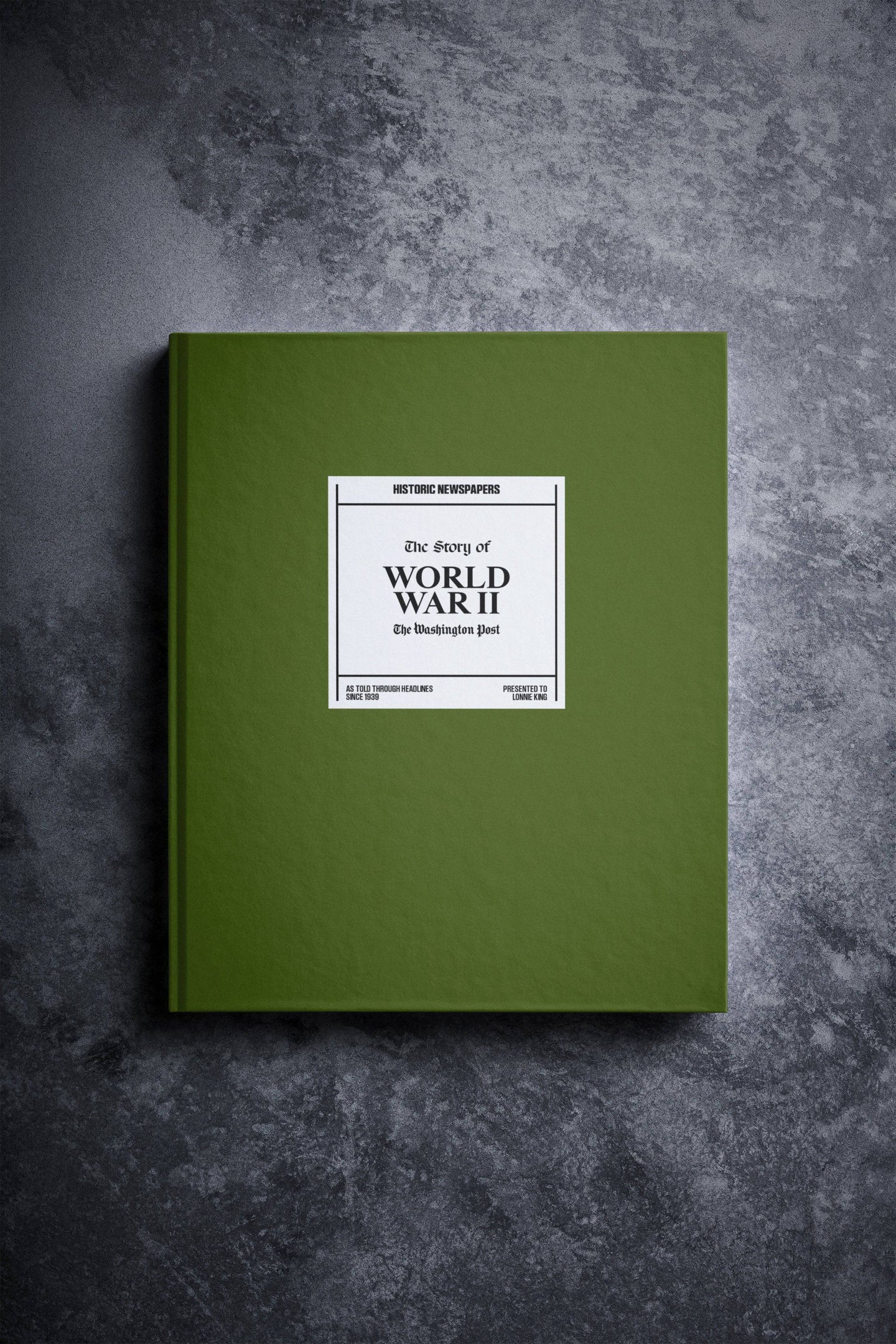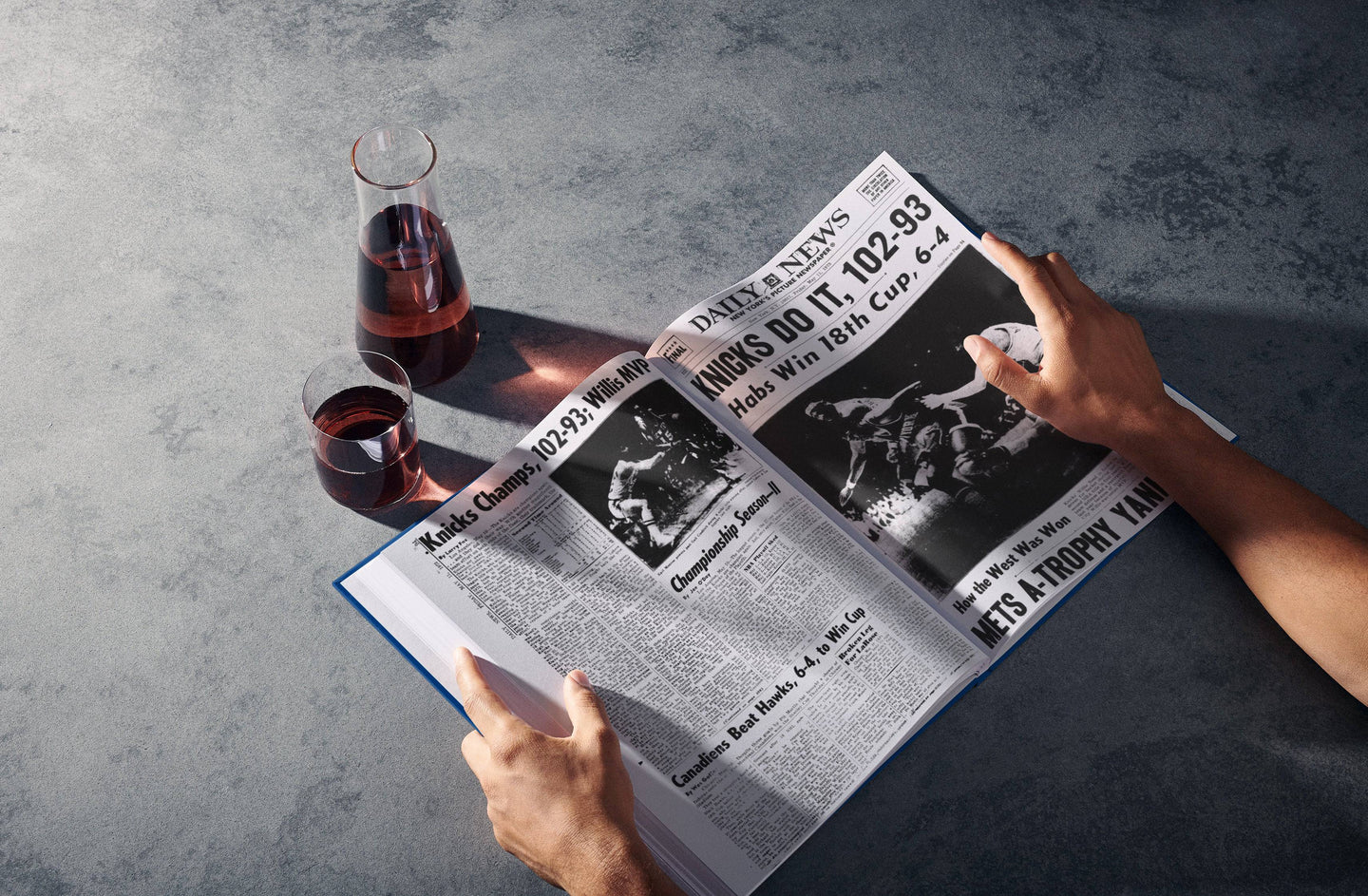Emily Wilding Davison was born in South East London in 1872. She was a high-achiever, and completed a Bachelor of Arts in literature from Royal Holloway College. Emily realised that academia was a male-dominated world, and resented the limited opportunities given to women in society. It was for these reasons that she became a radically involved member of The Women’s Social and Political Unit (WSPU), which was founded by Emmeline Pankhurst.
- Emily In The WSPU
- Women’s Suffrage Timeline
- The Death of Emily Davison
- The Legacy of Emily Davison
- Emily’s Funeral

Emily Davison
Image: Wikipedia
Emily in the WSPU
Emily became a radical member of the WSPU, often engaging in militant and dangerous acts. She quickly became head steward of the organisation, and even gave up working to dedicate more time to a cause she felt inextricably bound to. Emily was sent to prison several times as punishment for her protests, which included throwing metal balls labelled “bomb” through parliament windows, hiding in the air ducts in the House of Commons, and setting fire to London postboxes. She often went on hunger strikes during her stints in prison, and was subject to force feeding by prison guards. Once she resorted to throwing herself from a balcony to protest this force feeding, and saw this as a sacrifice for the greater cause. She said afterwards: “I did it deliberately, and with all my power, because I felt that by nothing but the sacrifice of human life would the nation be brought to realise the horrible torture our women face.”

Emily Davison
Image: Wikipedia
Women’s Suffrage Timeline
To celebrate 100 years since women first voted in a general election, in 2018 our team created a women’s suffrage timeline, which details when countries around the world awarded women the vote. It also reveals which countries had the greatest time disparity between awarding women the vote initially and giving them full enfranchisement. The timeline offers unique insights into the struggle for women’s suffrage, and draws attention to the fact that women’s rights was much more than a question of gender.

The Death of Emily Davison
It was at the Epsom Derby 1913 on June 4th that Emily would make her final and most memorable protest in the name of women’s rights. Thousands of people flocked to the racecourse that day, including King George V and Queen Mary. As the horses thundered around the race track into the final straight, Emily slipped under the railing and into the line of the charging horses. She waited calmly as the first two horses ran passed her, and stepped into the line of King George V’s Anmer horse. Emily was trampled, and sustained fatal brain injuries. She died 4 days later in hospital.
Emily Davison death facts suggest that she hadn’t planned to sacrifice her life on this day. It is said that her bag contained a return train ticket for that day, as well as an invitation to a Suffragette meeting that evening. The reasons why she decided to walk in front of the King’s horse will never truly be known, but it is clear that Emily’s will to die for a cause she believed in was strong.

Emily Davison’s Death at the Epsom Derby
Image: Wikimedia Commons
The Legacy of Emily Davison
The reaction to Emily’s death was mixed. Newspapers reporting on the event at the time tended to focus on the wellbeing of the King’s horse Anmer and the jockey who was in control of the horse. Some called her an irresponsible anarchist, and others said her death was not an act of sacrifice but one of suicide. To the suffragettes however – Emily was revered as a martyr.
Whether or not Emily’s act was beneficial to the suffragette cause or not is highly contested. Her act of self-sacrifice can be seen as one in line with Emmeline Pankhurst’s Suffragette motto “Deeds, not words”, suggesting that actions speak louder than words. Emily’s actions on this fateful day reveal how strongly she felt about the treatment of women as second-class citizens. However, for others her act reaffirmed the mentality that women were emotional, hysterical creatures incapable of rational thought. For this reason some say that her actions were counterproductive to the suffragette cause.

Suffragette meeting
Image: Wikimedia Commons
Emily’s Funeral
Emily’s funeral was the last great public event held by the WSPU. Thousands of people lined the streets, or watched respectfully from their homes as the open hearse went by, her coffin draped with WSPU colours and mourning bands. Sylvia Pankhurst was followed by members of the WSPU as they marched in memory of Emily, wearing red sashes to show their recognition of her as the movement’s first martyr. Emily Davison quotes such as “Rebellion against tyrants is obedience to God” even became slogans for the suffragettes, continuing Emily’s legacy and her message to the world. At the Epsom racecourse there’s a plaque dedicated to Emily, paying homage to her act of bravery and self-sacrifice in the name of women’s rights.
You can read more about Emily Davison’s life through our range of Emily Davison newspapers which reported on her life and death at the time.


























Follow us